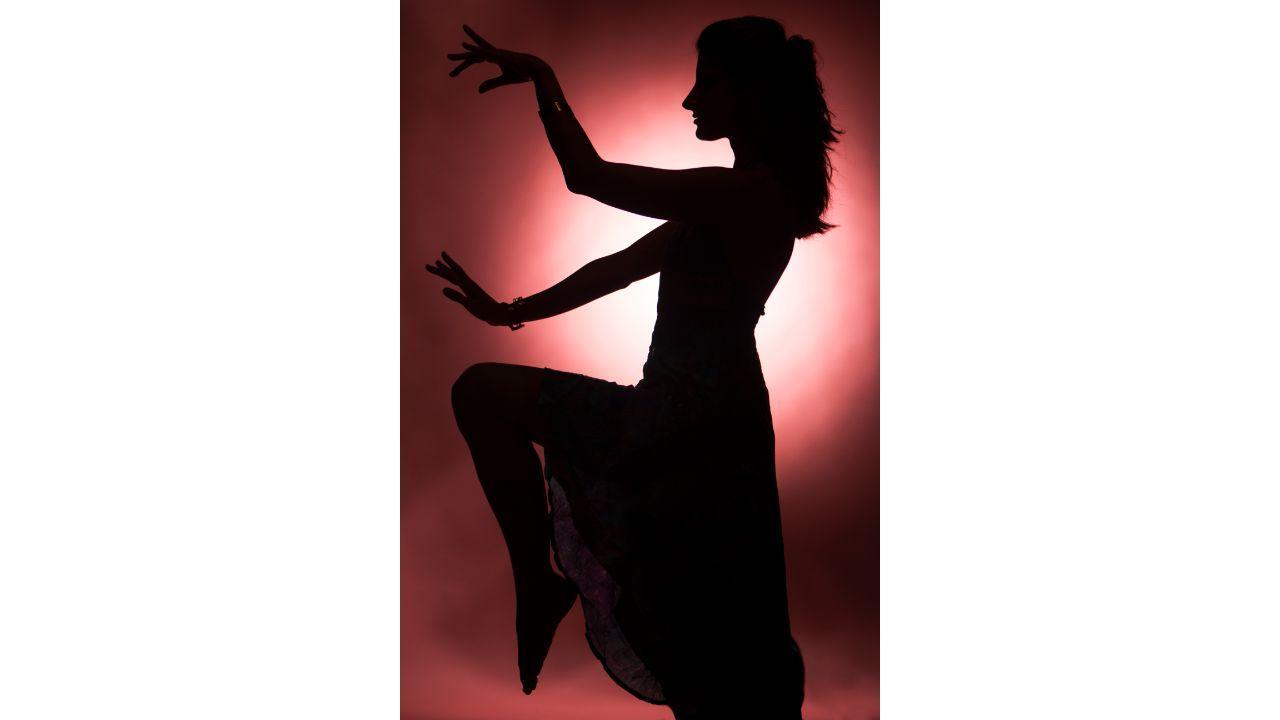As April 29 marks International Dance Day, Mid-Day.com asked dance therapy trainers to explain the connection between movement and mental health

The photo is for representational purpose only
On a visit to Thailand, Mumbai-based dancer Rajeswari Vaidyanathan came across a few women over the age of 75 who danced with their teachers for a few hours every day. When she asked one of them why she chose to do this, she replied she would rather spend the money on dancing than in hospitals on diseases that one can contract if one is not happy. “I wish more people would take up dancing,” says Vaidyanathan.
Dance is no longer restricted to being a form of physical exercise or a medium of entertainment. It is being used for improving mental health too. The word ‘therapy’, for most, is associated with counselling sessions; — an expert patiently listening to someone talk. However, the approach to therapy is more holistic now.
ADVERTISEMENT
Dance Movement Therapy (DMT), or simply dance therapy, is among these non-traditional forms of therapy.
Vaidyanathan, who teaches Latin-ballroom dancing and has been conducting dance therapy classes for the last seven years in Mumbai, says this process allows people to express suppressed emotions. It helps to vent out anger, fear or sadness through movement. “There is music associated with the dance which has additional benefit,” she elucidates. “When one comes to dance, ‘happy hormones’ are released and it also acts as a stress buster; people get to socialise and make friends and we have seen very strong friendships develop amongst our students. These all contribute to a happy and emotionally healthy person.”
Rajeswari Vaidyanathan
Dance movement therapist Zankhana Joshi explains the activity involves a psychotherapeutic use of movement to improve health and wellbeing. It integrates an individual on emotional, social, cognitive, physical and spiritual levels. “One doesn’t need to be a dancer. Using simple movements creatively and spontaneously, a trained therapist guides the individual through a well-structured session taking them towards awareness, expression, and release, all the while supporting them,” she says.
Dance therapy creates a therapeutic space to tap into the reciprocal mind-body connection. That means a trained therapist lets the inner stories emerge through movement—allowing that intuitive dance of the soul to arise, letting the inside flow out and express itself—taking one towards healing. “Movement that emerges most authentically, can influence our moods, emotions, and mental health. DMT has shown to decrease anxiety and increase quality of life. Through the use of movement and breath one can successfully deflate hyper-aroused thoughts, regulate emotions, restore balance and improve grounding,” says Joshi.
Both experts observe that people from various backgrounds and age groups have shown interest and attended these sessions. From corporate professionals to children and senior citizens sign up to de-stress and express themselves. “We have seen interest coming in from all walks of life. People wanting to deal with their stress and traumas, people healing from body image issues. I have worked with people having relationship issues — using it as a non-verbal method of expression. Even people exploring their spirituality find refuge in movement meditation. And the list can go on,” Joshi says.
Sharing an example of the benefits she has seen people experience, Joshi observes, “While working with a group of individuals suffering from severe mental illness we found their emotional awareness expanded beyond the commonly felt expression of anger, there was an improvement in cognitive abilities. It also improved their social interaction.”
Zankhana Joshi
These sessions, like most other things, shifted online during the pandemic. That brought with it a set of challenges. From internet connectivity to the need for a safe space within the participants homes—with everyone being stuck at home that was a difficulty—there were quite a few roadblocks. “In the webcam, sometimes, only a part of the body tends to be visible. It limits the therapist’s observations. The therapists had to find novel ways of holding a virtual session when deep buried issues came up for healing,” says Joshi.
But the pandemic’s impact on mental health did cause more people to be interested in exploring dance therapy. Joshi even held some ‘grief circles’ using movement, where people released the loss of their loved ones, jobs, and incomes. “Our bodies are designed to move and mind is designed to stay still. This pandemic brought stagnation into the body while the mind was consumed and overworked with fear, anxiety, stress, trauma and grief,” Joshi says. “Dance Movement therapy offered so many avenues and opportunities to bring movement into the bodies which also started resulting in some stillness in the mind.”
Disclaimer: This article is not meant as a replacement for a medical practitioner’s advice. One must always consult their doctor first before initiating any changes to their lifestyle or signing up for any therapy.
 Subscribe today by clicking the link and stay updated with the latest news!" Click here!
Subscribe today by clicking the link and stay updated with the latest news!" Click here!







